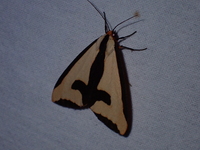
| Recorded by: Sarah Toner and Larry Chen on 2025-07-30
Tyrrell Co.
Comment: | 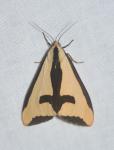
| Recorded by: K. Bischof on 2025-07-08
Transylvania Co.
Comment: |

| Recorded by: Allison Garton on 2025-06-25
Moore Co.
Comment: | 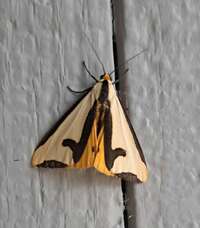
| Recorded by: Allison Garton on 2025-06-25
Moore Co.
Comment: |

| Recorded by: Mark Basinger on 2025-06-14
Rowan Co.
Comment: | 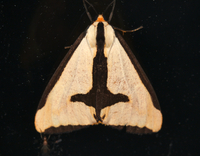
| Recorded by: Jim Petranka on 2024-07-07
Madison Co.
Comment: |
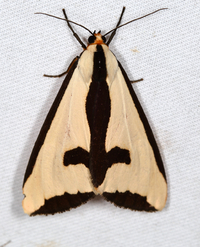
| Recorded by: Jim Petranka on 2024-07-06
Madison Co.
Comment: | 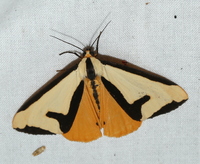
| Recorded by: David George on 2024-07-04
Chatham Co.
Comment: |
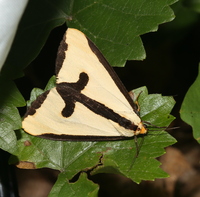
| Recorded by: David George, Jeff Niznik, Stephen Dunn on 2024-06-29
Chatham Co.
Comment: | 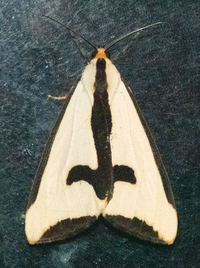
| Recorded by: Emily Stanley on 2024-06-26
Buncombe Co.
Comment: |
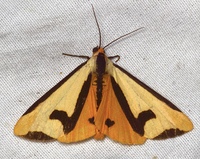
| Recorded by: David George, Stephen Dunn, Jeff Niznik, Patrick Coin on 2024-06-22
Chatham Co.
Comment: | 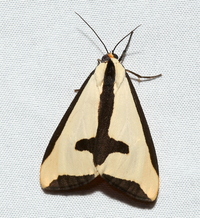
| Recorded by: David George, Stephen Dunn, Jeff Niznik, Patrick Coin on 2024-06-22
Chatham Co.
Comment: |
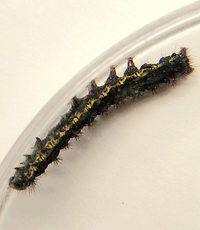
| Recorded by: Mark Basinger on 2023-12-28
Wilson Co.
Comment: | 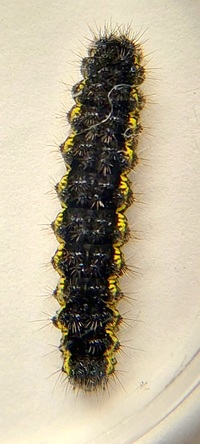
| Recorded by: Mark Basinger on 2023-12-28
Wilson Co.
Comment: |
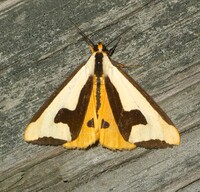
| Recorded by: Simpson Eason on 2023-08-18
Watauga Co.
Comment: | 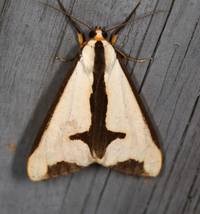
| Recorded by: Jim Petranka and Bo Sullivan on 2023-08-08
Ashe Co.
Comment: |
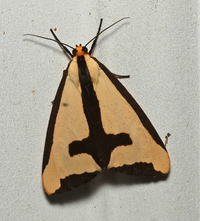
| Recorded by: Chuck Smith on 2023-07-23
Davidson Co.
Comment: | 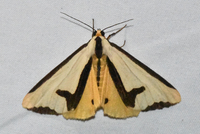
| Recorded by: Emily Stanley on 2023-07-23
Yancey Co.
Comment: |
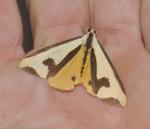
| Recorded by: K. Bischof on 2023-07-20
Transylvania Co.
Comment: | 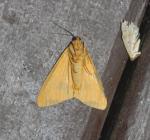
| Recorded by: K. Bischof on 2023-07-20
Transylvania Co.
Comment: |
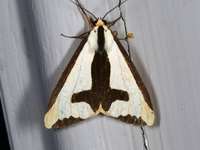
| Recorded by: Jim Petranka on 2023-07-19
Madison Co.
Comment: | 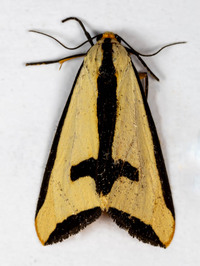
| Recorded by: Stephen Hall on 2023-07-16
Orange Co.
Comment: |
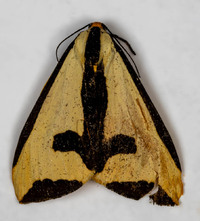
| Recorded by: Stephen Hall on 2023-07-16
Orange Co.
Comment: | 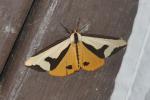
| Recorded by: K. Bischof on 2023-07-16
Transylvania Co.
Comment: |
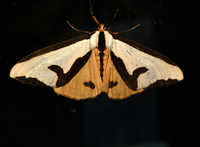
| Recorded by: Jim Petranka on 2023-07-14
Madison Co.
Comment: | 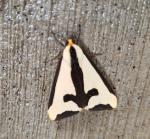
| Recorded by: D. Hatalski, K. Bischof on 2023-07-14
Transylvania Co.
Comment: |
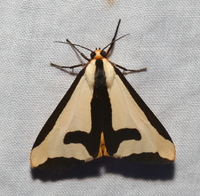
| Recorded by: David George, Stephen Dunn, Jeff Niznik on 2023-07-13
Orange Co.
Comment: | 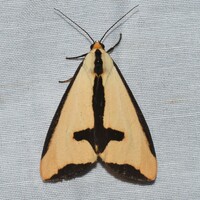
| Recorded by: Jeff Niznik on 2023-07-12
Chatham Co.
Comment: |
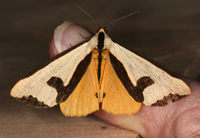
| Recorded by: Jim Petranka and Becky Elkin on 2023-07-12
Madison Co.
Comment: | 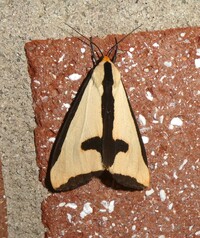
| Recorded by: Simpson Eason on 2023-07-10
Durham Co.
Comment: |
|

 »
»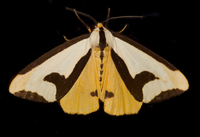
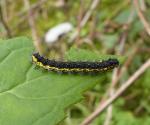

 »
»
